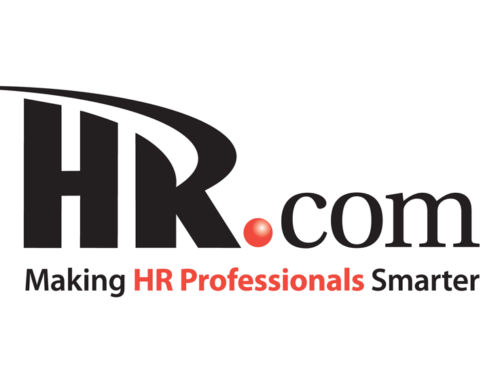1. HR Data Analytics in Recruitment
We have seen a substantial increase in the use of HR data analytics over the past few years, an area which will continue to develop in 2016, with data mining, business and talent analytics becoming a mainstay of the recruitment process. HR managers are now required to support all hiring decisions with data evidence, gained through careful analysis of areas ranging from a candidate’s successes in previous companies to social media posts and presence. There will also be an increased focus on forecasting a candidate’s potential within the organization.
2. Proactive Recruitment
The improvement in social media platform tools ensures that talent pools are not only created, but that potential candidates are also continuously engaged and motivated to learn more about the organization prior to recruitment. New social networking and mobile platforms enable candidates to receive notices of job openings directly to email or smart phone, and allow them to easily update their CV and personal information. In short, this improves communication and improves retention of employees in the talent pool.
3. Extending HR Analytic Tools
HR managers are continuing to apply analytics to more and more areas within their department. They use the data collected to drive decision making in areas such as promotion, departmental restructuring, development of training programs, and recruitment marketing campaigns.
4. ACA compliance
2016 continues to remain an important year in which HR managers must remain up to date on new regulations and laws under the ACA, as this is the year that many new reporting and notification requirements take effect. This year will see an increased focus on tracking and recording large amounts of data, creating the need for HR Managers to develop cost effective and long-term compliance strategies.
5. Individualized Approached to Recruitment
In an increasingly competitive market, companies are developing more creative ways to attract new talent based on the individual needs of the potential candidates, rather than offering a generic benefit package to all employees; as matching benefits to employee concerns increases hiring and retention. Strategies include analyzing the special interests of their top candidates and offering unique packages such as increased opportunities for travel opportunities, flexible working, and cross departmental training.
6. Jack of All Trades
Gone are the days where managers and employees receive fast paced cross departmental training at the point of hire, resulting in poor mastery of each skill set. Instead, evidence has shown that the best way to train employees in a broad skill set is to provide ample time for workers to master one skill before moving on to the next. For HR departments, this will call for a review of current training practices and careful analysis of performance to ensure all staff are sufficiently trained in each training area.
7. Goodbye to Annual Reviews
Performance reviews and feedback are no longer relegated to a once a year performance assessment. This is due to the improvement in analytic tools. Managers now have the ability to track and monitor employee performance more accurately and are able to provide feedback on a regular basis throughout the year. This provides a greater opportunity for employees to improve their performances, helps managers to identify training needs, and improves communication, allowing for a clarification of expectations and needs.
8. Gamification
Gamification software allows employees to engage in simulation exercises. In recruitment, this helps HR managers to ascertain how candidates may react and function in real work scenarios, eliminating the guess work involved in forecasting a potential candidate’s success within a company. Gamification software is also being applied to other areas including training and development, with evidence showing that it has a powerful impact of employee engagement and motivation in the workplace.
9. Paying for Performance
An important aspect of employee retention and motivation is to pay employees for what they do, the skills they have, and how they perform within an organization. Again, the improvement in analytic tools enables HR managers to more accurately match pay scale and bonuses with performance.
10. The Value of HR
As businesses recognize the importance of the human aspect of the business more and more, HR will continue to play a key role in an organization due to its use of advanced analytic tools. HR offers a unique position in its specialized knowledge of how to recruit, engage, train, and retain the best workers, as well as possessing the ability to apply advanced analytics to all areas of company. As a result, HR will continue to play an increasingly important role in strategic business planning.
